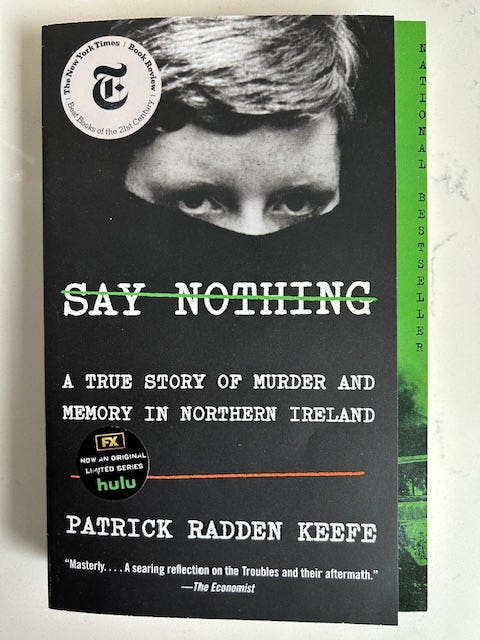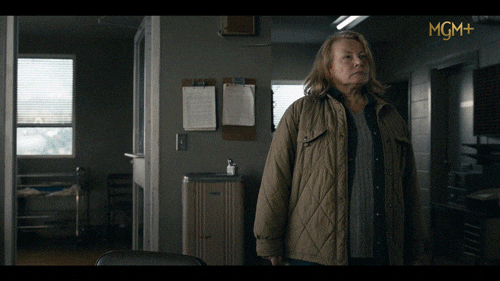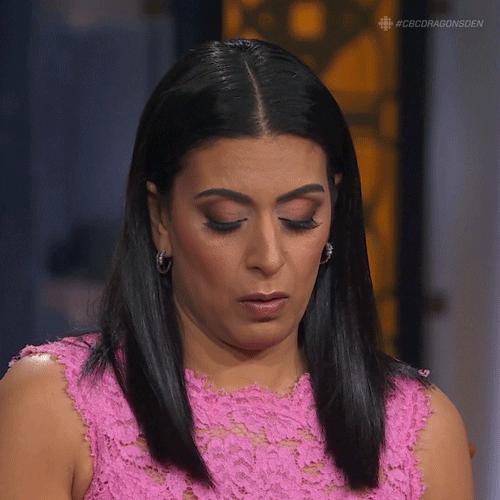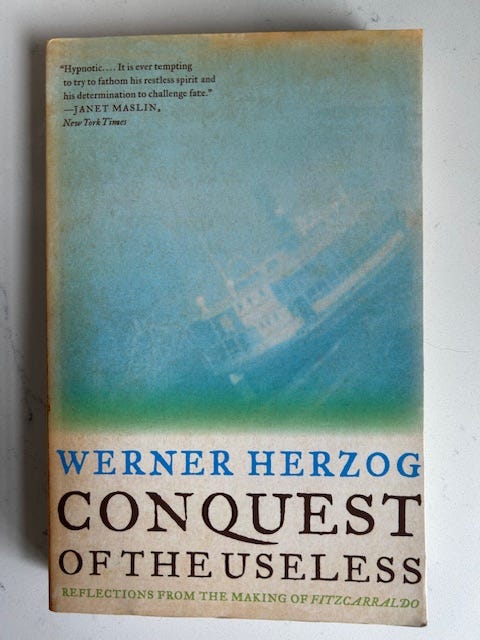'Say Nothing: A True Story of Murder and Memory in Northern Ireland' by Patrick Radden Keefe
'The last words that his mother had said to him were "Watch the children until I come back."'—Review #260

‘Say Nothing: A True Story of Murder and Memory in Northern Ireland’ by Patrick Radden Keefe is the first exclusively nonfiction book I’ve featured this year. Two weeks ago, I reviewed Catherine Lacey’s ‘The Möbius Book’ that’s part memoir and part novella, so that partially counts, but by this time last year, I’d already featured three memoirs. I prefer novels, as my archive attests, but we’ll highlight nonfiction this month to better balance our lineup. Books on GIF subscribers seem keen for it—the poll where they selected this book for me to review had the most votes we’ve yet seen and the widest margin of victory. ‘Say Nothing’ won in a landslide! The National Book Critics Circle Award winner is a fascinating and heartbreaking work of investigative journalism that tackles a turbulent and tragic moment in the late 20th century—it’s also a riveting read.
Here’s the book’s cover:

Jean McConville, a widowed mother of 10 living in Belfast, was taken one night from her home and children by a group of masked gunman; she was never seen again. Her disappearance occurred in 1972, during the early years of the Troubles—a decades-long period of sectarian and nationalist violence between Catholics and Protestants over English rule in Northern Ireland. Keefe, a staff writer at The New Yorker, uses the McConville case to ground the history of the Troubles, and he tries to breach the wall of silence surrounding her abduction in the hope of revealing who did it and why. McConville’s story is one of innumerable tragedies wrought by the conflict, which was marred by paramilitary gun battles, murder squads, bank robberies, bombings, torture, disappearances and other horrors. Keefe renders these incidents in vivid detail, and he introduces readers to key participants, including Irish Republican Army members Brendan Hughes and Dolours Price, as well as Gerry Adams, the leader of Sinn Féin, which was then known as the political wing of the IRA. Their stories are intense and had me flying through pages like:
Price stands out among these figures; those are her eyes on the book’s cover. She and her sister Marian joined the IRA as teenagers after a non-violent protest march they participated in was ambushed by a rock-throwing mob. She would eventually become part of a secret hit squad within the IRA called the Unknowns, and also would participate in the 1973 car bombing outside London’s Old Bailey courthouse. Being a young woman arrested and tried for a terror attack made her a tabloid sensation, which was amplified while she and her codefendants insisted on being treated as political prisoners and serve their terms in Northern Ireland instead of in England. When the government refused, Price and her fellow prisoners started a hunger strike that would carry on for so long, the government ordered they be force-fed in a process too gruesome to repeat here. After her release from prison, Price eventually married actor Stephen Rea, who you may remember from ‘The Crying Game.’ There’s more to her story that I won’t spoil here, but it’s no surprise the book’s TV adaptation seems to focus on her. (Donna and I haven’t watched it yet, but plan to.) By the end of the book, I was like:
‘Say Nothing’ is packed with surprising revelations about the Troubles and its aftermath, particularly regarding the legacy of Adams. But, for me, the biggest reveal was the role played by my alma mater, Boston College. While I was living in Boston during the 1990s, the conflict in Northern Ireland often seemed to be in the background like a low hum. I also knew the school had strong ties to Ireland. For example, Bertie Ahern, then the prime minister of the Republic of Ireland, gave the commencement speech during my graduation just weeks after the Good Friday Agreement brought a political end to the fighting. (Do I remember what he said? Nope!) And when a long-lost Caravaggio painting was discovered at a Jesuit residence in Dublin, the only place it was shown in the U.S. was at BC’s campus museum. But I had no idea that BC had kept a once-secret oral history of the Northern Irish conflict until I read about it in Keefe’s prologue. The idea that the school would have sought out and stashed a vital historical record initially had me as excited as this guy celebrating a goal by the hockey team:
But the legacy of BC’s archive is mixed, and by the end of the book, my enthusiasm was tempered. ‘Say Nothing’ is a sobering look at a past conflict that resonates with current geopolitical clashes. It made me think about whether Good Friday-esque agreements could be possible in the Middle East or in Ukraine; I didn’t reach a conclusion. It also offers a clear-eyed look at violence as a means for political change and at those who participate in it. Some become martyrs for the cause. Others survive the fight, but succumb to bitterness, disillusionment and betrayal. Some disappear, leaving bereaved family to grasp for answers. And some seem to get away with murder. Add it all up, and the book confronts us with:

Keefe’s writing is clear, precise and well-paced. His research and reporting seem diligent and meticulous, but he doesn’t stack facts into a boring narrative. His focus on the human drama keeps things moving. ‘Say Nothing’ is not only an historical narrative, but also a true-crime thriller. If you’re looking for a gripping, informative and powerful page-turner, I highly recommend this book.
An opening excerpt:
Jean McConville was thirty-eight when she disappeared, and she had spent nearly half her life either pregnant or recovering from childbirth. She brought fourteen children to term and lost four of them, leaving her with ten kids who ranged in age from Anne, who was twenty, to Billy and Jim, the sweet-eyed twins, who were six. To bear ten children, much less care for them, would seem like an impossible feat of endurance. But this was Belfast in 1972, where immense, unruly families were the norm, so Jean McConville wasn’t looking for any prizes, and she didn’t get any.
Instead, life dealt her an additional test when her husband, Arthur, died. After a grueling illness, he was suddenly gone and she was left alone, a widow with a meager pension but no paying job of her own and all of those children to look after. Demoralized by the magnitude of her predicament, she struggled to maintain an even emotional keel. She stayed at home mostly, leaning on the older kids to wrangle the younger ones, steadying herself, as if from vertigo, with one cigarette after another. Jean reckoned with her misfortune and endeavored to make plans for the future. But the real tragedy of the McConville clan had just begun.
The family had recently moved out of the apartment where Arthur spent his final days and into a slightly larger dwelling in Divis Flats, a dank and hulking public housing complex in West Belfast. It was a cold December and the city was engulfed in darkness by the end of the afternoon. The stove in the new apartment was not hooked up yet, so Jean sent her daughter Helen, who was fifteen, to a local takeaway restaurant for a bag of fish and chips. While the rest of the family waited for Helen, Jean drew a hot bath. When you have young children, sometimes the only place you can find a moment of privacy is behind a locked bathroom door. Jean was small and pale, with delicate features and dark hair that she wore pulled back from her face. She slipped into the water and stayed there. She had just gotten out of the bath, her skin flushed, when somebody knocked on the front door. It was about 7:00. The children assumed it must be Helen with their dinner.
Who Patrick Radden Keefe thanked:
Patrick Radden Keefe’s acknowledgements run four pages, and he thanked dozens of sources, editors, coworkers, assistants, foundations, universities, friends and family members. But, unlike Catherine Lacey, he did not thank any pets or animals.
My rating:

‘Say Nothing: A True Story of Murder and Memory in Northern Ireland’ by Patrick Radden Keefe was published by Doubleday in 2019 and by Vintage Books in 2020. 540 pages, including notes and index. $18.60 at Bookshop.org.
What’s next:
Books on GIF does not solicit or accept review copies. We feature books we purchase at independent bookstores around New York City and on our travels, or were borrowed electronically from the Brooklyn Public Library.
Before you go:
ICYMI: Review #259
Read this: ‘The Parrot in the Machine’ by James Gleick in The New York Review of Books (subscription required) is a terrific piece that cuts through all the smoke and mirrors surrounding Artificial Intelligence. Any of you who remember the hype around the Segway will detect a similar energy in the current push for AI.
Watch this: Speaking of things from the 1990s, let this video about Aphex Twin reset your priorities.
If you enjoyed this review:
Thanks for reading, and thanks especially to Donna for editing this newsletter!
Until next time,

MPV












This book really made me think about the world now like you mentioned, and how it seems humans are addicted to violent conflict. Was it worth it is an excellent question
Excellent review! I grew up very aware of the troubles as my grandfather was from Belfast. I am not sure when he came to the US, but I think there was a feeling he had been involved. He was Roman Catholic and developed dementia when I was in my teens and would not talk about it. He hated England. My grandparents would go back to visit even during the troubles. Which in retrospect was so crazy and they were going to take me one time. I was 9 in 1970. I loved this book as it explained it all in so much detail. I remember thinking it was unsolvable when I was a kid. The Good Friday agreement seemed unfathomable. Thanks for your review!